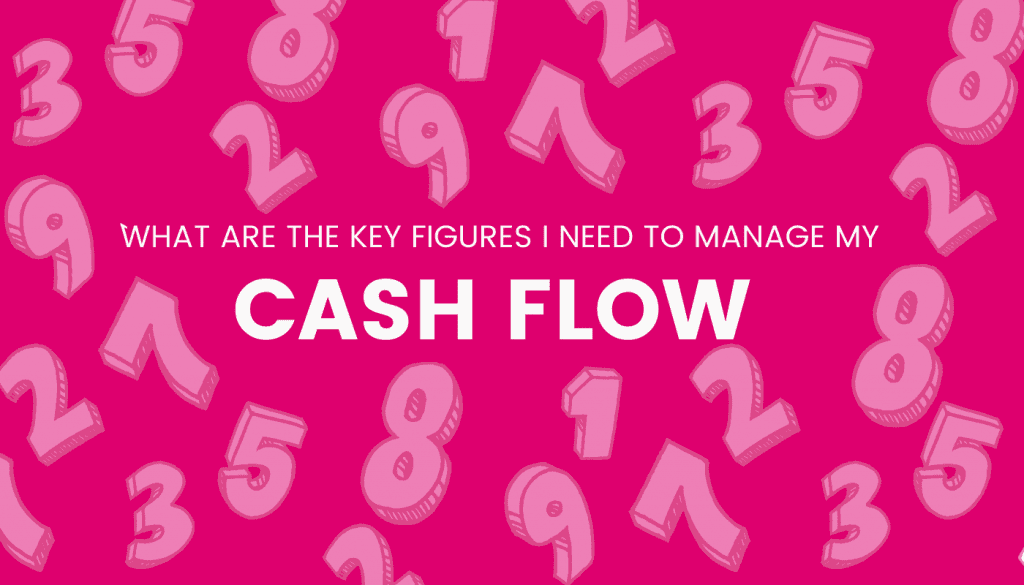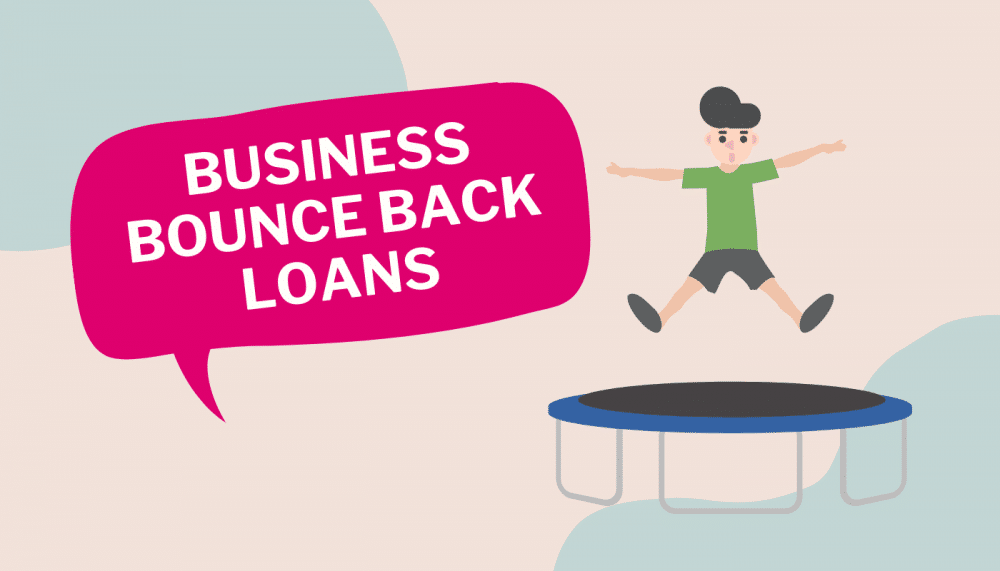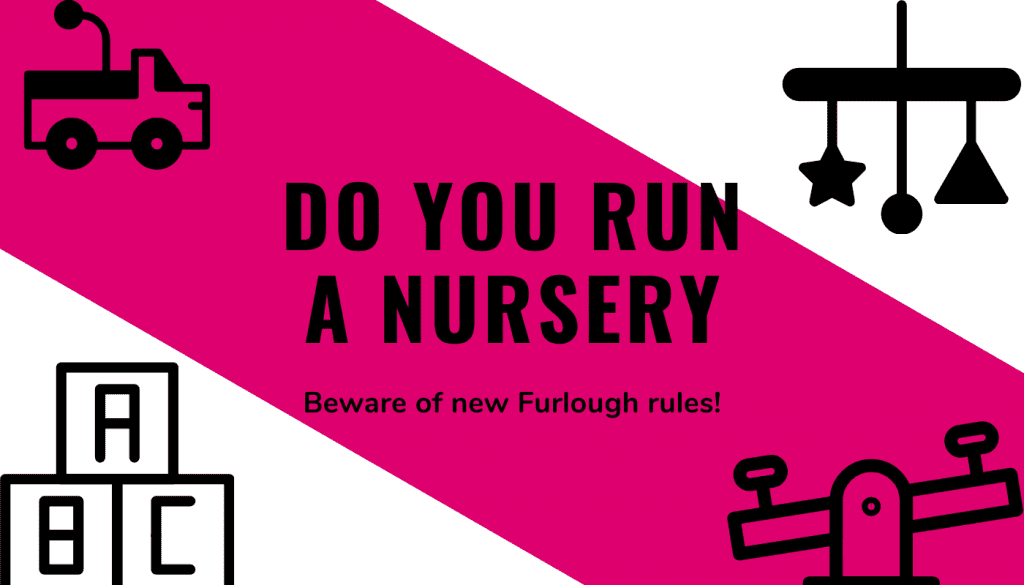
Running out of cash is one of the biggest reasons that businesses fail. It’s not surprising really, as forecasting your…

Running out of cash is one of the biggest reasons that businesses fail. It’s not surprising really, as forecasting your…
What are the new business support schemes for covid-19? Yesterday the government announced more support for businesses and the self-employed….
Last night the prime minister addressed the nation and announced a month long lockdown for England. Something we never considered…
So many businesses are in the position where they need to cut overheads but how do you do this without…

Thousands of smaller businesses in England are set to benefit from £20 million of new government funding to help them…

Business Bounce Back Loans – what are they and should you apply for one? Since the scheme launched in May…

Sole Traders to get second grant from the Government. The government’s Self-Employment Income Support Scheme will be extended, giving more…

The portal opens this week to claim your grant is you are self-employed. This is capped as a taxable lump…

New loans for small businesses announced. Sadly, lockdown doesn’t seem to be ending soon. This means that we are going…

DO YOU RUN A CHILDREN’S NURSERY? Beware of the new furlough rules! If you operate a Childs Nursery or playground and receive…